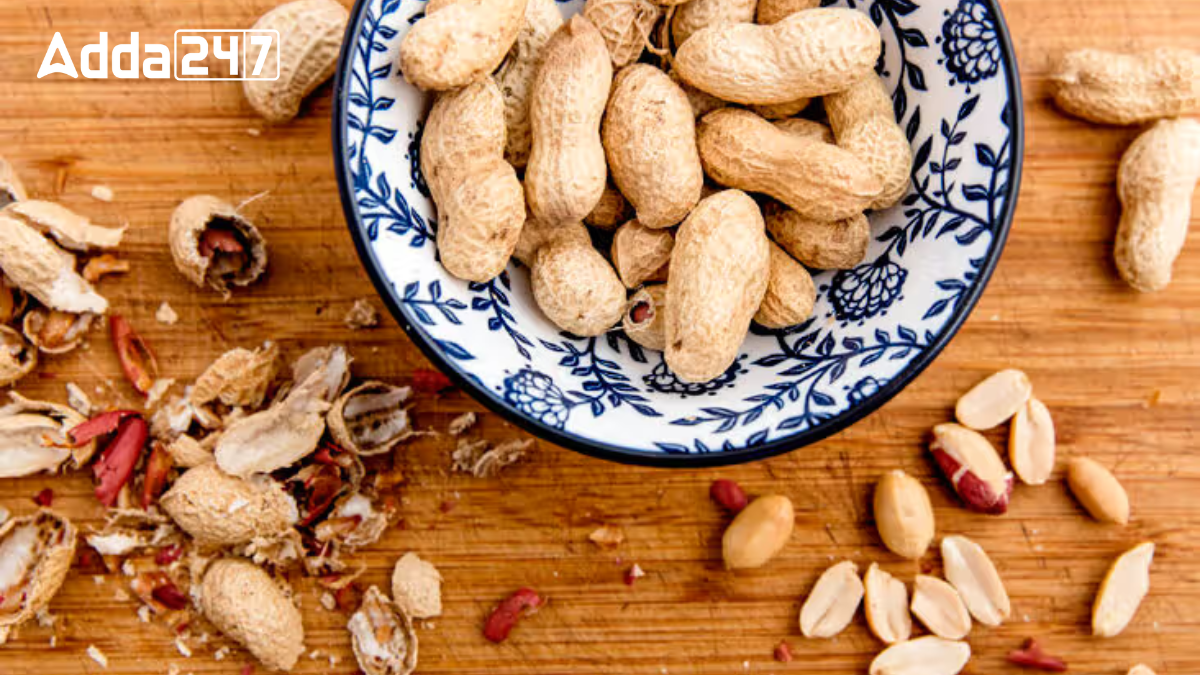Peanuts, also known as groundnuts, are a vital crop worldwide, serving as a significant source of nutrition and income for millions of people. With their versatility and nutritional value, peanuts have secured their place as one of the most important agricultural commodities globally. This article delves into the top peanut-producing countries, exploring their contributions to the global peanut market.
Global Peanut Production
Global peanut production reached 51.318 million metric tons (MT) in the latest report. This significant output underscores peanuts’ vital role in agriculture and food industries worldwide. With diverse applications from culinary delights to essential oils, peanuts remain a staple crop sustaining economies and nourishing populations across the globe.
Most Peanut Producing Country in the World
China stands at the forefront of global peanut production, holding the title of the world’s largest producer. In the 2022/23 season, Chinese farmers harvested a staggering 18.3 million metric tons (MT) of peanuts, marking a notable 4% increase compared to the previous five-year average. This impressive growth trajectory is fueled by robust domestic demand, which continues to soar.
Factors Driving China’s Peanut Production
- Climate: China’s diverse climate provides suitable conditions for peanut cultivation, ranging from subtropical to temperate zones.
- Farming Techniques: Chinese farmers employ modern agricultural practices, including mechanization, irrigation systems, and advanced crop management, optimizing yields.
- Government Support: Substantial governmental support in the form of subsidies, research grants, and infrastructure development fosters a conducive environment for peanut cultivation.
Global Impact of China’s Peanut Production
China’s dominance in peanut production significantly influences global markets and trade dynamics. The country’s surplus output enables it to meet domestic demand while also exporting substantial quantities to international markets. Chinese peanuts find their way into various industries, contributing to the global supply chain of food products, animal feed, and industrial applications.
Challenges and Opportunities
Despite its leading position, China faces challenges in sustaining and further expanding its peanut production. These challenges include environmental concerns, water scarcity, land degradation, and labor shortages. However, with ongoing advancements in agricultural technology and sustainable practices, China also sees opportunities to address these challenges and maintain its competitive edge in peanut production.




 Exploring Bondi Beach: Sun, Surf and Syd...
Exploring Bondi Beach: Sun, Surf and Syd...
 Chakrashila Wildlife Sanctuary: Location...
Chakrashila Wildlife Sanctuary: Location...
 Top-7 Oldest Palaces in India, Check the...
Top-7 Oldest Palaces in India, Check the...







